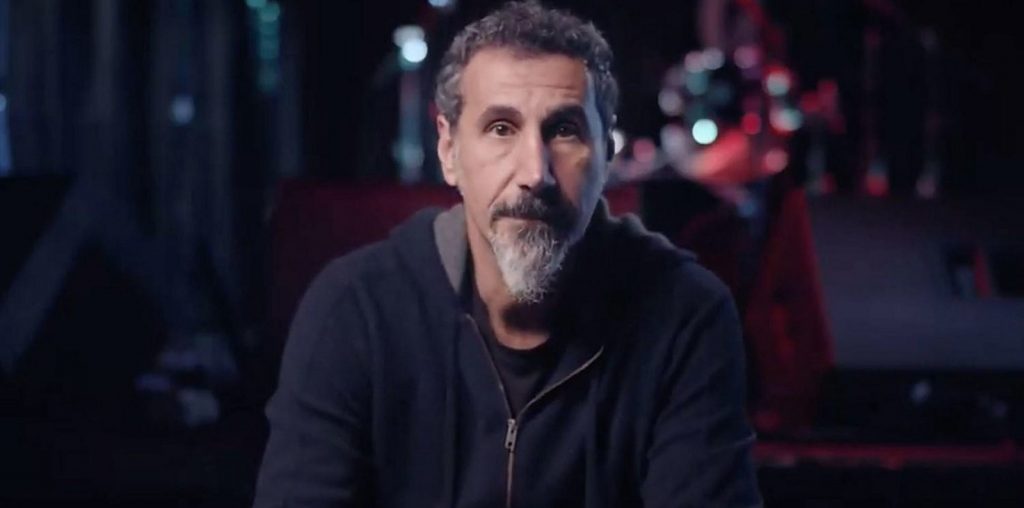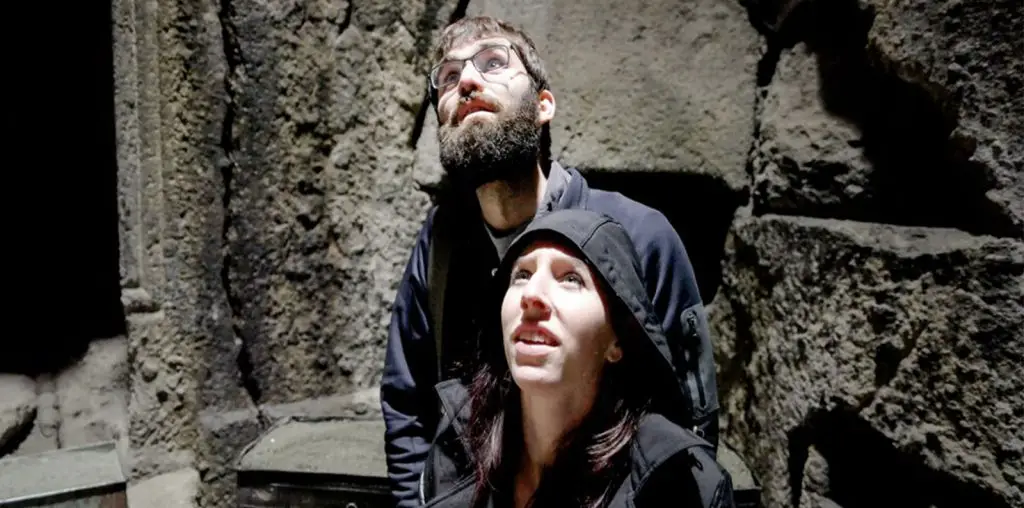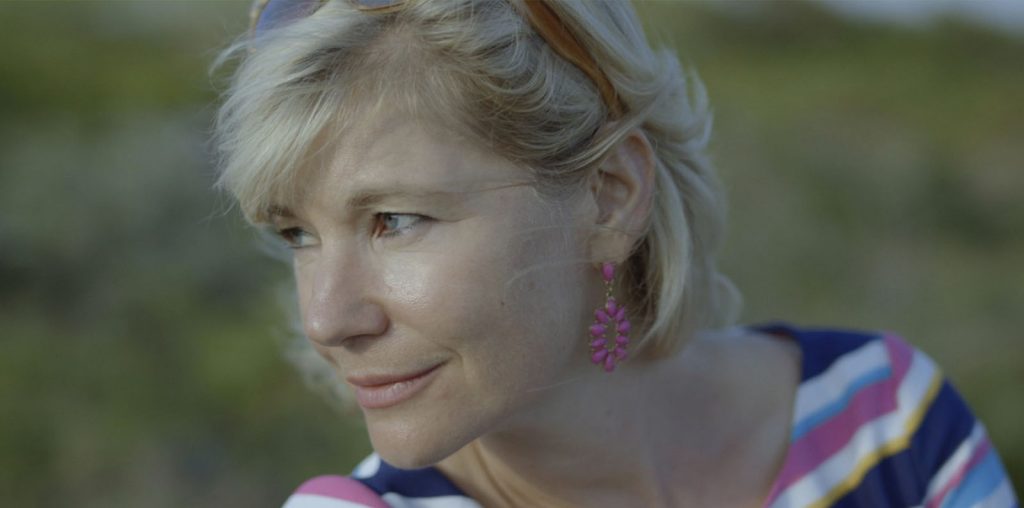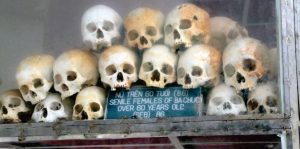
In Narratives of Modern Genocide, director Paul Allen Hunton from Texas Tech Public Media is putting names and faces to acts of genocide that occurred decades after The Holocaust. The director points that genocide continues worldwide as a reaction by any majority culture that feels threatened. The Holocaust wasn’t the first time, nor was it the last. Genocide, it seems, is a human impulse that’s so reliable it can be quantified. Whenever a majority culture is confronted by an internal expansion of a group with a different set of values and traditions, as long as that group is under 10% of the population, they are not considered a threat. Over 30% of the population they are considered too powerful to remove. In the danger zone between 10 and 30%, when the dominant paradigm is being challenged, is where genocide is likely to happen.
The documentary focuses on two individuals: Sichan Siv, who survived the Cambodian genocide committed by the communist Khmer Rouge party, and Gilbert Tuhabonye, who lived through when the Hutu turned on the Tutsi’s in Burundi. Their tales are harrowing. They paint a vivid picture of their first-person accounts of escaping the killing fields of Cambodia and the massacre of school children in Burundi.
Tuhabonye was a championship runner and thought himself immune to political violence because of his successes. Still, when the Hutus came, they saw him as even more of a threat and told him he would die. He was forced to flee a burning school building to survive. He speaks calmly and quietly about horrors those of us from the West can’t even imagine. Tuhabonye says he will never return to Burundi. Hunton personalizes these events, showing the viewer the people behind the news reports.
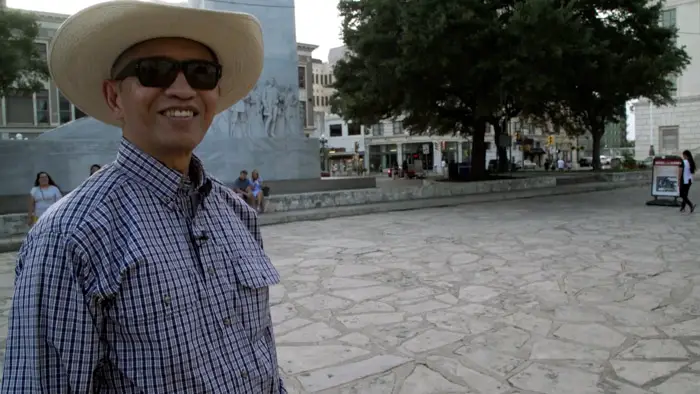
“…first-person accounts of escaping the killing fields of Cambodia and the massacre of school children in Burundi.“
Sichan Siv and Gilbert Tuhabonye now live in the U.S. They have friends and family, and both seem to have found a community where they belong and are fulfilled. Tuhabonye laughs about being told Texas is a place filled with cowboy racists because his reference standard for racism is set differently than ours. Anyone who isn’t chasing him down the street with a machete is a tolerable person.
This is an object lesson for Americans, and it’s particularly timely. It starts small, with complaints of a rigged election that wasn’t, or Q-Anon nutters spouting crazy sh*t that no sane people of good conscience believe or take seriously, and it festers and grows from these seemingly innocuous outliers. Soon, disgruntled true believers smash the Capital building and hunt down government officials they disagree with. These are the roots of genocide and should be understood as such. Culture is an output. We can’t put down a movement. We can change our approach to key elements of society and hope that with enough time and attention, the culture steers toward a vision of America that we hoped was who we are but turned out to be wrong.
Illustrated by line-drawn animation, photos from the horrific events, and interviews, Narratives of Modern Genocide reminds the viewer that genocide isn’t an isolated event that happens to strange folk halfway around the world. Genocide can happen anywhere, anytime the conditions are right.
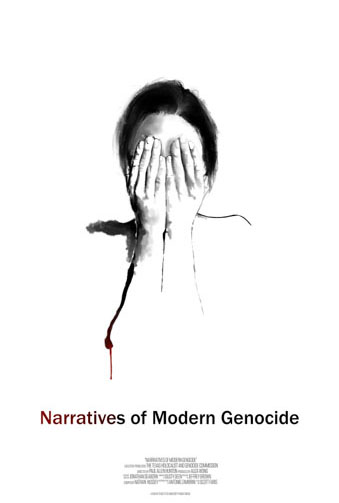
"…reminds the viewer that genocide isn’t an isolated event that happens to strange folk halfway around the world."
